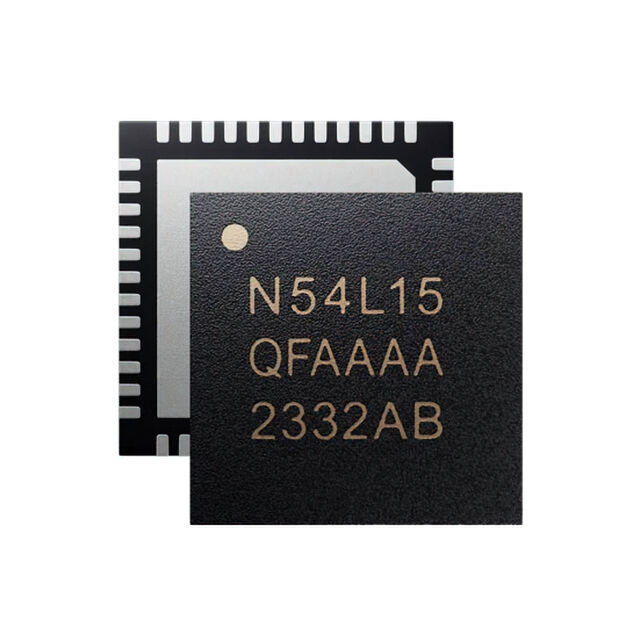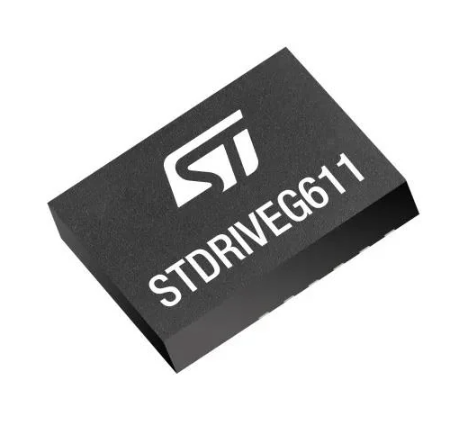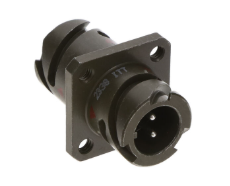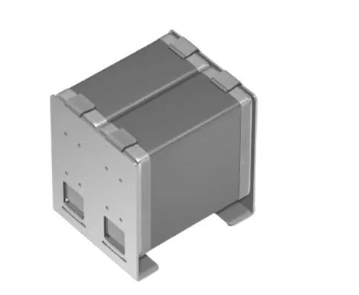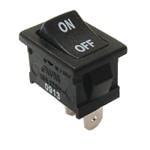Microchip expands connectivity, storage, and compute portfolios
The rapid growth of artificial intelligence (AI) is transforming data centres, creating an unprecedented demand for high-performance, secure, reliable, and innovative solutions. Microchip Technology is addressing these evolving market needs by developing advanced technologies for data centre connectivity, storage, and data retrieval.
Microchip’s data centre ecosystem includes a comprehensive portfolio of enabling technologies for workload acceleration, power management, device performance, optimisation, and control. This ecosystem helps data centres meet the scalability, security, and performance challenges of today’s dynamic technology requirements.
Microchip’s portfolio includes high-speed interconnect and storage technologies such as Gen 3, Gen 4, and Gen 5 PCIe switches – with Gen 6 and Gen 7 technologies in development – Non-Volatile Memory Express (NVMe), storage, and RAID controllers with hardware-based security for enhanced data protection. For connectivity, Microchip offers retimers and Ethernet PHYs to optimise interconnect functionality. Its power management, system monitoring, and precise timing solutions are designed to deliver dependable, adaptable, and energy-efficient operations for enterprise and hyperscale data centre environments
New and recently released data centre solutions
800G active electrical cable (AEC) reference design
- The reference design features the META-DX2C 800G retimer with 112G SerDes and is a comprehensive solution to reduce development time, cost and complexity for creating 800G AEC solutions for generative AI networks
- It includes an integrated software package implementing the CMIS 5.2 specification on a Microchip 32-bit microcontroller to streamline the development of Quad Small Form-factor pluggable double density (QSFP-DD) and octal small form-factor pluggable (OSFP) AEC cable products
META-DX2+ Ethernet physical layer transceivers (PHYs) with Lambda Splitting
- This solution improves Data Centre Interconnect (DCI) by maximising fibre utilisation, enabling support for high-speed AI workloads
- The Lambda Splitting technique works along with coherent optics to distribute traffic across multiple wavelengths, significantly reducing costs and boosting bandwidth efficiency by up to 50%
LAN9646 6-Port gigabit Ethernet (GbE) switch with SGMII interface
- This six-port GbE switch with four integrated 10/100/1000BASE-T PHYs supports multiple interface options, including SGMII, RGMII, MII, and RMII, making it adaptable for a wide range of networking applications.
- It provides full VLAN and Quality of Service (QoS) support for efficient traffic management and prioritisation. It also provides flexible management interface options – such as SPI, I2C, and MIIM – and is compatible with Linux DSA
- Capable of operating within industrial temperature ranges (-40°C to +85°C), the LAN9646 is designed for applications such as stand-alone Ethernet networks, broadband gateways, security and surveillance systems, industrial automation, and networked test and measurement equipment
High-performance, high-density power module
- The MCPF1412 high-density power module delivers up to 12A of current to a load within a voltage range of 0.6V to 1.8V, while operating from a 16V input. Measuring just 5.8 x 4.9 × 1.6mm, this module is optimised for space-constrained applications
- It is engineered to provide optimal power efficiency while minimising energy loss, which is critical for modern, power-sensitive applications
- Its I2C and PMBus interfaces offer significant flexibility for system configuration, real-time monitoring and precise control and adaptability for a wide range of applications
Digital signal controllers (DSCs) for efficient power supply
- dsPIC33A DSCs offer higher clock speeds and advanced control algorithms to enable faster response times and improved energy efficiency for data centres and AI servers
- Their diagnostic capabilities improve reliability and operational integrity, alongside integrated cryptographic algorithms for firmware attestation and device authentication to help safeguard against tampering and spoofing
- Designed to handle fluctuating power demands, dsPIC33A DSCs increase efficiency and stability in critical applications like power factor correction, resonant converters, and synchronous rectification, meeting the high-performance needs of modern data centres
Microprocessors (MPUs) for OpenBMC
- These MPUs enable robust auxiliary management control (AMC) in data centre subsystems, including power shelves, enterprise storage, JBOD, cooling systems, and chassis management
- Features include Redfish protocol (RESTful interface) support, out-of-band management for real-time monitoring, logging and alerting of system health, secure/encrypted data transmission, and support for firmware updates and remote reboots
- Designed to streamline data centre management, Microchip's OpenBMC solutions provide essential tools for remote management, system power monitoring and secure updates for reliable and efficient infrastructure management
“AI is revolutionising all aspects of the digital landscape and data centres face growing demands for security, AI workload acceleration, system efficiency, and reliability,” said Brian McCarson, Corporate Vice President of Microchip’s data centre solutions business unit. “Microchip is committed to delivering the essential building blocks needed to address the technology challenges of modern data centres. From accelerating high-speed connectivity and storage rates to optimising power and management systems, our innovations are designed to support next-generation AI workloads and deliver scalability for our customers.”
Microchip’s data centre solutions include a comprehensive portfolio of Secure Root of Trust Controllers designed to protect system integrity. These controllers take control at power-up, verifying firmware stored in external Flash before it is executed by the system’s CPUs and GPUs, helping prevent unauthorised code execution. Beyond the boot process, they monitor system activity, authenticate auxiliary components such as network interface cards (NICs), host bus adapters (HBAs) and solid-state drives (SSDs), and key system elements like power supplies and RAID configurations. Additionally, the controllers are designed to enable secure system ownership transfer and support robust lifecycle management.




